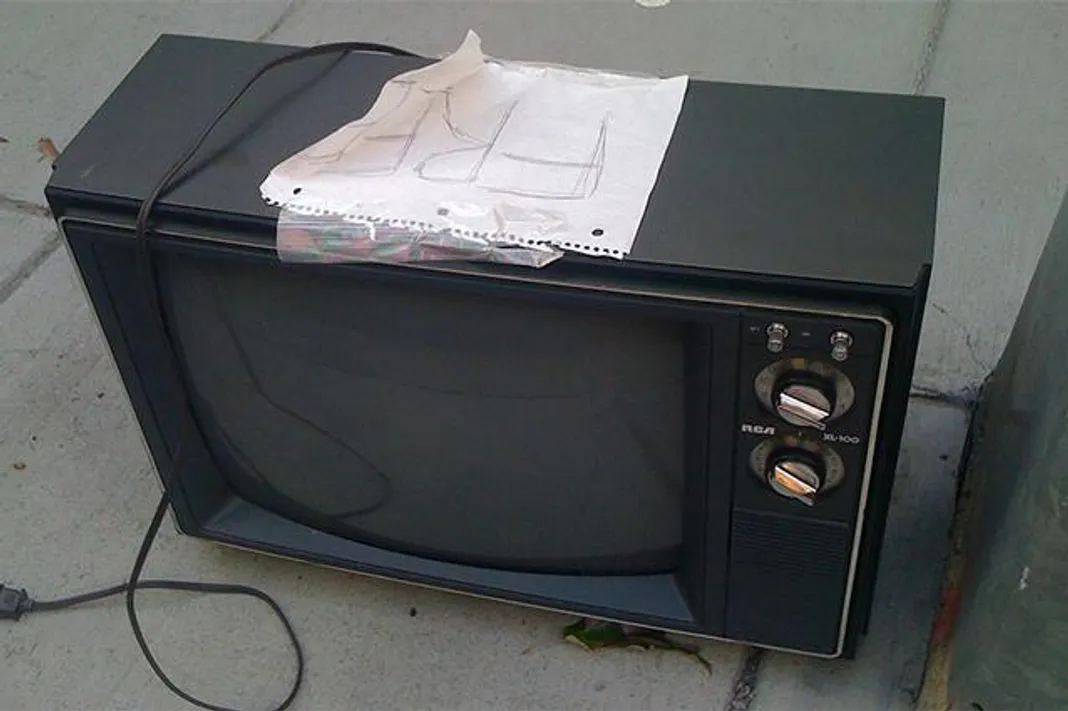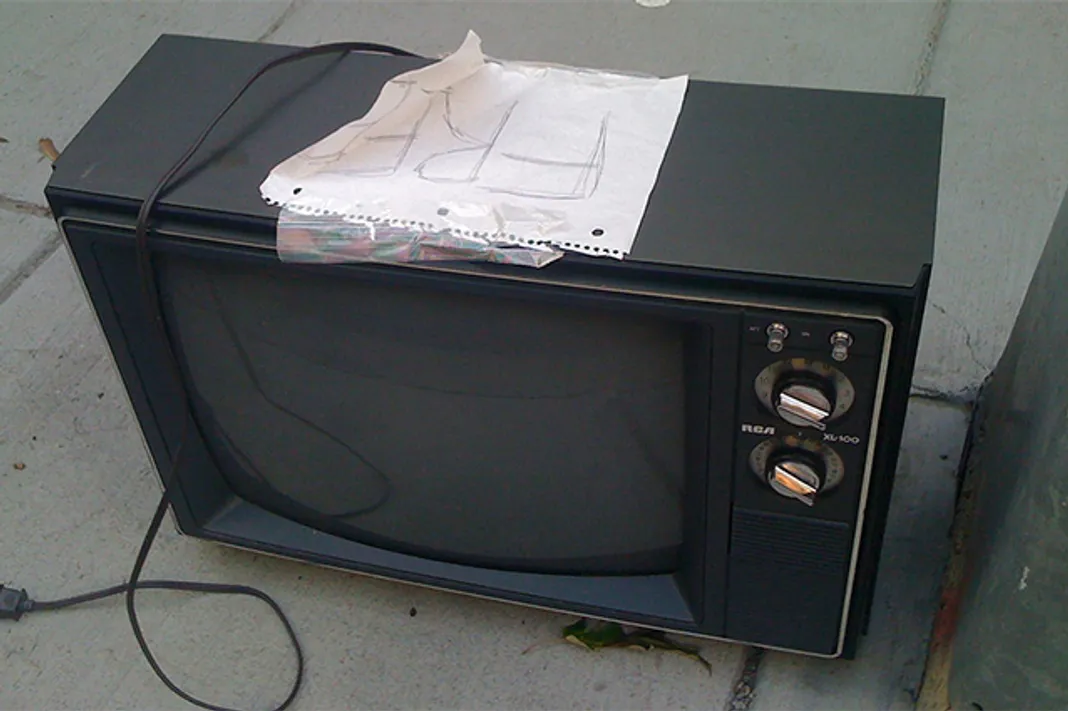
Times they are a-changing! Though Americans are watching more TV than ever, they’re not really paying for it.
According to research firm GfK’s 2016 Ownership and Trend Report, a quarter of U.S. homes don’t subscribe to any pay-TV service. This means no cable, no satellite, no HBO, no Starz and no Showtime (seriously, how can you live without Showtime?!). About 17% of homes watch TV via a broadcast signal (remember antennas?), and 6% watch on a TV set using the Internet (Roku, Apple TV, Amazon Fire TV Stick, etc.)
What’s not shocking is that millennials are the ones most likely to cut the cable cord. Among households with a resident between 18 and 34 years old, 22% use broadcast-only TV, and 13% watch on their set via the ‘net. This is compared to the fact that 82% of households with a resident over the age of 50 have a pay-TV subscription.
This makes perfect sense considering that many millennials grew up with streaming. If there’s a show they want to watch, you’ll be hard-pressed to find a single person in that age group who doesn’t know how to download it online for free (no matter how frowned-upon it may be). Plus, Netflix and Hulu are way, way cheaper than basic cable packages and offer almost as many benefits.
“For people in that younger age group, they’ve grown up with streaming; it’s something they expect to be able to do,” says David Tice, SVP of GfK’s media and entertainment practice.
Millennials have always been early adopters when it comes to new technology, so it makes sense for that generation to have never signed up for a cable package to begin with. What’s kind alarming is the way older demographics are ditching cable, and a lot of it has to do with better, cost-saving options. GfK found that on average, those who never had cable made $47K per year and those who had cable but ditched it made $59K per year. The average population surveyed made $65K per year.
An important fact Tice points out is that these households are not considered low-income and fall right in the middle class. “It’s people who can have pay-TV but choose not to. It’s more of a lifestyle choice than an economic one,” he says.
More people are opting for cheaper streaming services than cable packages. According to GfK’s survey, one third of all households subscribe to a streaming TV service — 31% to Netflix, 16% to Amazon Prime and 7% to Hulu.
The bottom line is that streaming is officially more popular than cable TV (and none of us are surprised). You can all go back to watching Stranger Things now!


